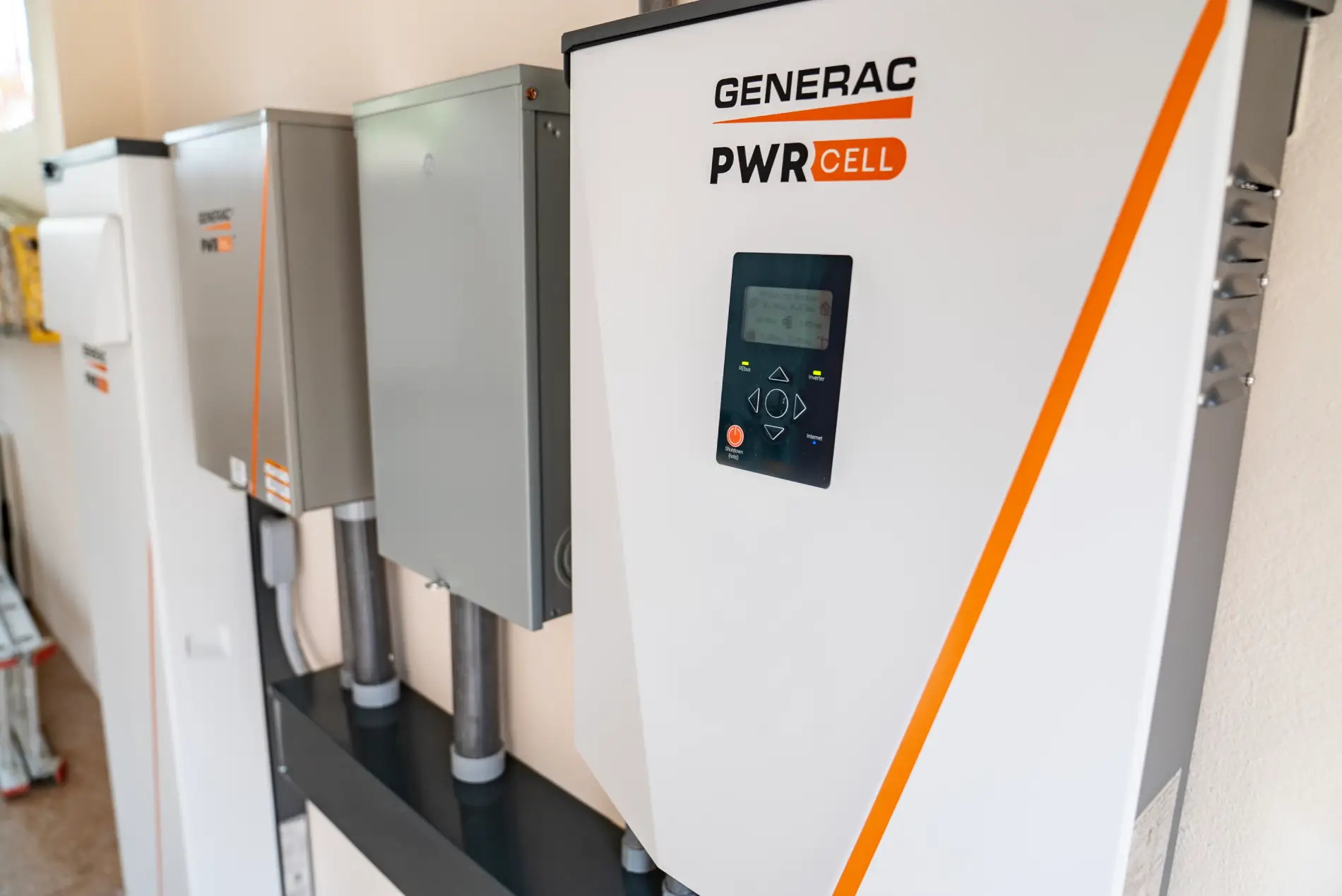There has never been a more critical time to consider a solar project in the PNW with the potential dismantling of dams, increased occurrences of rolling blackouts, frequent wildfires, and the overall fragility of the grid as tens of thousands of EVs plug into the grid. By investing in solar panels, battery storage, and the integration of a generator, homeowners can ensure a reliable and renewable energy supply year-round. This not only reduces electric costs but also provides a resilient power source to address our region’s energy challenges. Let’s dive into affordable clean energy and why it is more affordable than ever!
The Decline of Solar Panel Costs in the Puget Sound and Greater Seattle Area
The cost of solar panels has steadily declined over the years, making renewable energy more accessible to a broader audience in the Puget Sound and Greater Seattle Area. In 2023, the average price for solar panels in our region is slightly higher than the national average due to local market conditions and labor costs. This means a typical residential installation can vary significantly, but costs have decreased by approximately 15-20% over the past five years before any incentives or rebates.
The factors influencing solar panel costs are a result of panel type and efficiency, as well as the size of the installation. Different types of solar panels, such as monocrystalline, polycrystalline, and thin film, have varying costs and efficiencies. Monocrystalline panels are known for their higher efficiency and performance in cloudy conditions, which are common in the Seattle area. They come at a higher price point but offer better long-term savings.
Now Enter Bifacial Solar Panels
Panel Types and Efficiencies: Monocrystalline panels have long been favored for their high efficiency and performance, particularly in the often cloudy conditions of the Puget Sound area. However, bifacial solar panels are now emerging as a fundamentally better option. These advanced panels capture sunlight on both sides, significantly boosting energy production even on overcast days. This dual-sided absorption capability makes bifacial panels more effective and efficient, offering up to 30% more energy generation compared to traditional monocrystalline panels. This increased efficiency is especially beneficial in regions with variable weather, ensuring a more reliable energy supply year-round. For more information on the benefits of bifacial solar panels, visit Solar Power World.
The cost difference between monocrystalline panels and bifacial solar panels is negligible. Both types are priced similarly, making bifacial panels an attractive option due to their enhanced efficiency without a significant increase in cost.
The Overall Cost of Solar Panels Comes Down to the Installer
The costs of a home solar project can vary depending on who is bidding on the project. Reputable solar installer costs can vary by as much as 10-20%, influenced by factors such as the quality of materials used and the specifics of the installation. As a consumer, it’s essential to obtain multiple quotes, check the credentials of the installers, and ensure that the bid includes all the necessary components and labor. This due diligence helps in making an informed decision and ensures you get the best value for your investment.
Consumers should always choose companies that use Tier 1 equipment. The term Tier 1 equipment refers to high-quality, reliable products manufactured by companies with strong financial stability, proven track records, and advanced manufacturing capabilities. Top-tier products are known for their superior performance, durability, and long-term warranties, ensuring optimal energy production and storage efficiency. For consumers seeking Tier 1 solar and battery equipment, reputable brands include SunPower, LG, Panasonic, Generac, and Hyundai, all known for their high-quality, reliable products and strong industry performance.
Small Details Matter: Tier 1 Racking Systems for Solar
When it comes to solar installations, small details matter, and choosing a Tier 1 racking system is crucial for ensuring the longevity of your solar array. These include IronRidge, Unirac, and SnapNrack—all known for their durability, precision, and ability to provide a secure foundation for your solar panels, withstanding harsh weather conditions and preventing potential damage over time.
What Makes Home Solar Affordable in the PNW
Washington State Net Metering Program: Our region benefits from a variety of state and local incentives. First, the state of Washington waives any sales tax, saving approximately 10% depending on the municipality. Second, the Washington state net metering program allows homeowners to earn credits on their electricity bills for excess solar energy generated and fed back into the grid. This program helps reduce overall energy costs.
Inflation Reduction Act 30% Federal Tax Credit: Finally, the Inflation Reduction Act offers a significant financial incentive for homeowners considering solar installations by providing a 30% federal tax credit. This credit applies to the total cost of installing solar panels and battery storage systems, effectively reducing the overall expense. By taking advantage of this tax credit, homeowners can substantially lower their upfront investment in solar energy, making renewable energy solutions more affordable and accessible. You can learn more about the federal tax credit here.
Long-Term Savings
While the upfront cost of solar panels may seem significant, it’s important to consider the long-term financial benefits. Solar panels generate electricity, reducing or eliminating your reliance on the grid. Over time, this can lead to substantial savings on your energy bills.
Calculating the return on investment is crucial when considering a solar project. The payback period varies depending on energy consumption, local electricity rates, available incentives, and the initial investment. On average, homeowners in the Puget Sound area can expect to recoup their investment within 8 to 10 years, enjoying free energy for the remaining lifespan of the system, which is decades.
Conclusion
In 2024, solar panels continue to be a financially viable and sustainable investment for residential properties in the Puget Sound and Greater Seattle area. With falling prices and an array of incentives, the barrier to entry for solar has significantly diminished. By leveraging solar and reducing reliance on traditional power sources, individuals contribute to a greener planet while enjoying long-term cost savings.

